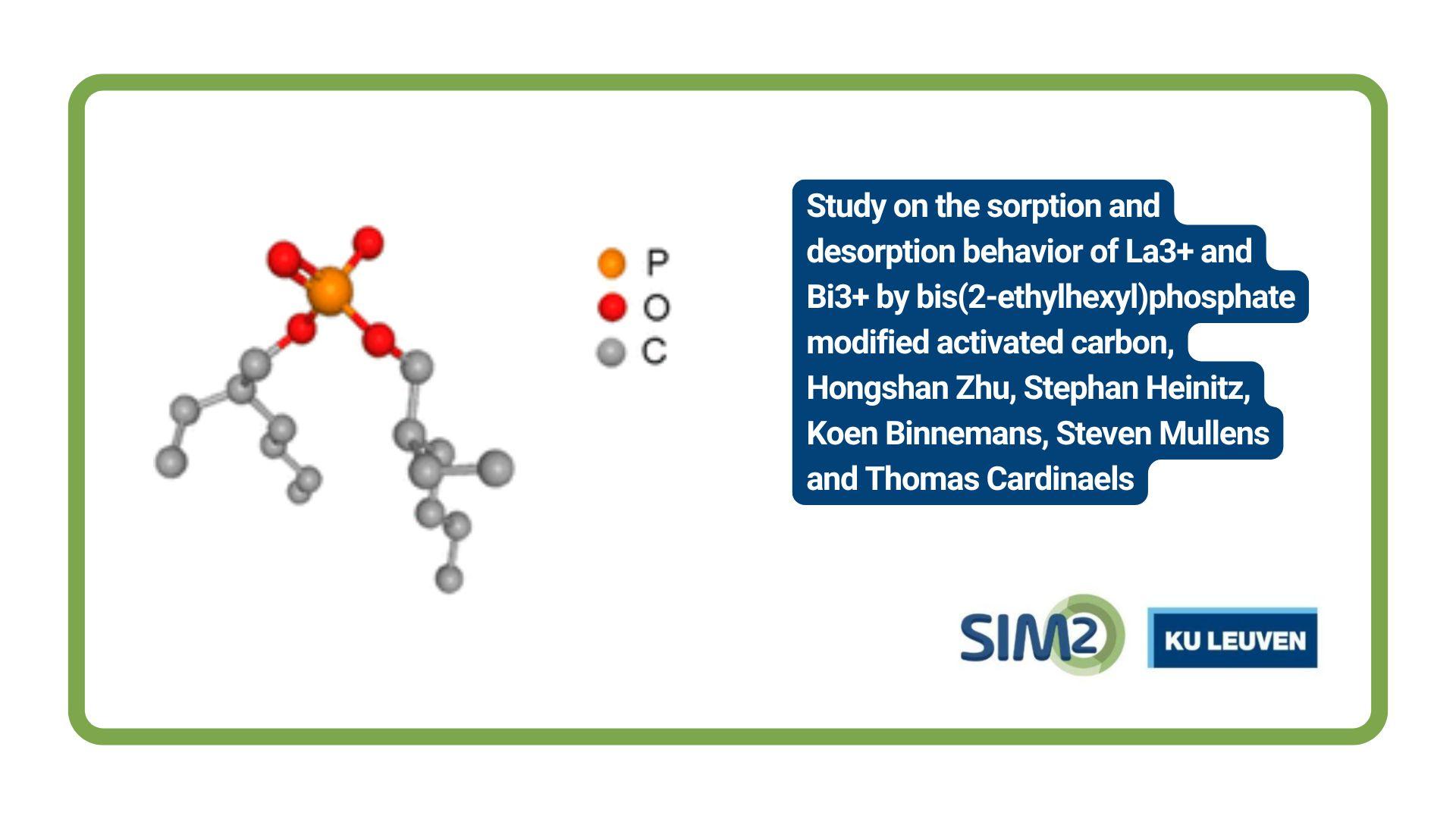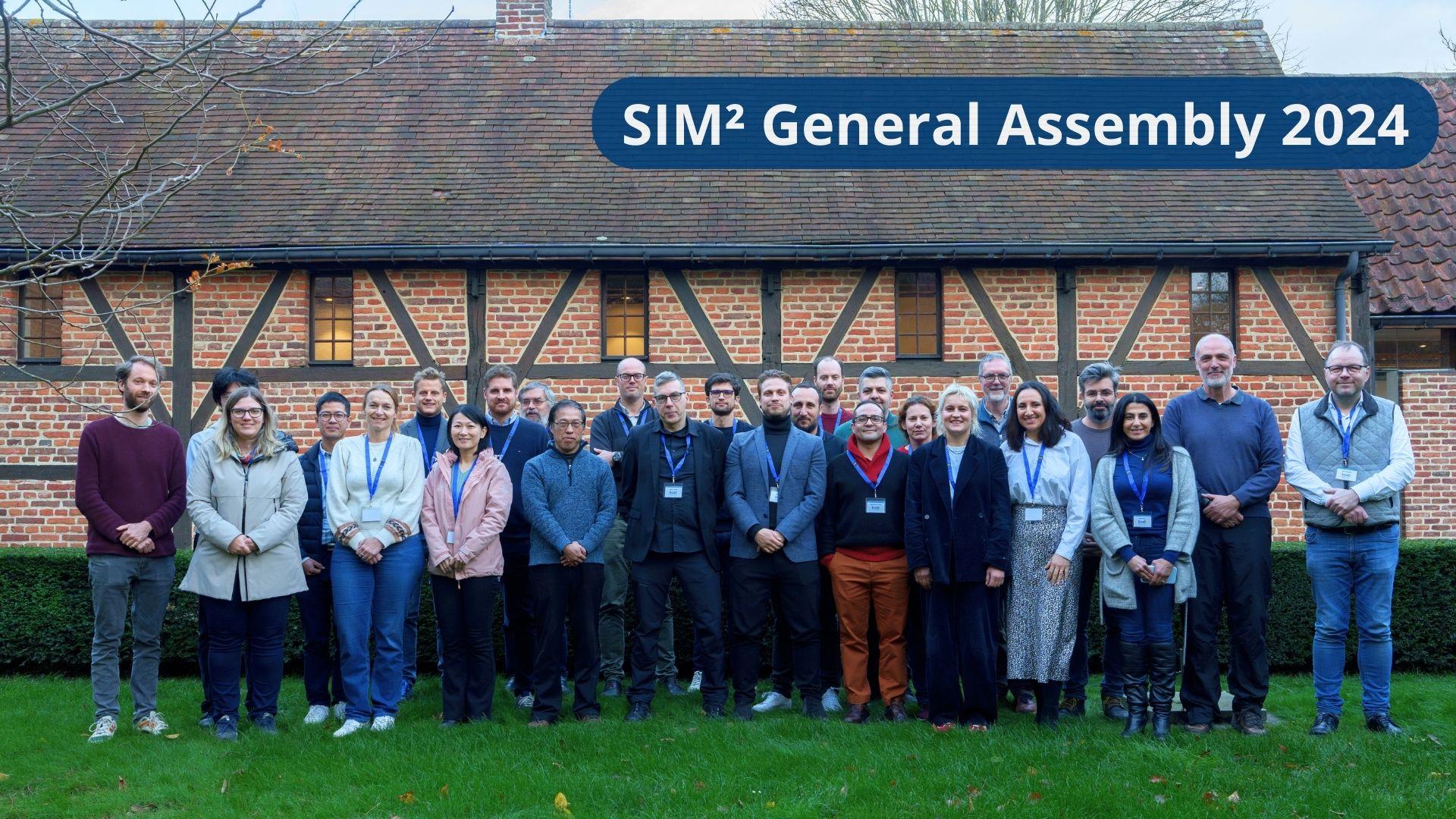In Enhanced Landfill Mining projects one of the key technological bottlenecks is associated with the so-called “fines fraction”. This fines fraction (<10 mm to <60 mm) typically accounts for 40-80 wt.% of the total amount of the material obtained after the excavation of a Municipal Solid Waste landfill. Finding cost-effective solutions for the fines fraction is key to yielding a positive outcome for an ELFM project. Researchers in the ETN NEW-MINE project have now published a milestone review paper in the Journal Detritus. The paper, which is authored by researchers from Renewi and the University of Leoben, discusses the potential process routes for the fines fraction obtained in Enhanced Landfill Mining projects and offers multiple ways forward. (Leuven, 3-9-2018)
Summary of paper
 Multiple landfill mining investigations of municipal solid waste landfills have been carried out worldwide in the past decades. Some of these studies have led to the conclusion that landfill mining is not feasible and could represent more of a problem than a solution for old landfill sites. This is the case to a certain extent because, to this day, material and energy recovery in landfill mining has been restricted to the coarse fractions (>10 mm to >60 mm) in most projects, while the fine fractions (<10 mm to <60 mm) have been often re-directed to the landfill with poor or no treatment at all despite their recovery potential. The fine fractions account for 40-80 wt.% of the total amount of the landfill-mined material. Its material composition is characterized by about 40-80 wt.% decomposed organic matter or weathered mineral fractions which cannot be hand-sorted, followed by significant amounts of calorific fractions and a small amount of metals. The main chemical compound found in landfill mining fine fractions is SiO2, mostly present as quartz and minor amounts of sheet silicates, followed by CaO, mostly present in carbonate minerals. MgO, Fe2O3 and Al2O3 represent minor components. Heavy metals are present in concentrations of few to several hundreds of mg/kg without a clear general trend of enrichment compared to the coarse fractions. In contrast, the net calorific value of the fine fractions (about 3-9 MJ/kg DM) can be several times lower than that of the coarse fractions (about 10-30 MJ/kg DM). These data clearly indicate that both a mineral fraction for waste-to-material and a calorific fraction for waste-to-energy might be recovered if suitable mechanical processing technologies can be employed. The potential of the fine fractions for material and energy recovery, as well as the main technological challenges to unlock it, are the main topics discussed in the present review article. This article has been elaborated within the framework of the EU Training Network for Resource Recovery through Enhanced Landfill Mining – NEW-MINE.
Multiple landfill mining investigations of municipal solid waste landfills have been carried out worldwide in the past decades. Some of these studies have led to the conclusion that landfill mining is not feasible and could represent more of a problem than a solution for old landfill sites. This is the case to a certain extent because, to this day, material and energy recovery in landfill mining has been restricted to the coarse fractions (>10 mm to >60 mm) in most projects, while the fine fractions (<10 mm to <60 mm) have been often re-directed to the landfill with poor or no treatment at all despite their recovery potential. The fine fractions account for 40-80 wt.% of the total amount of the landfill-mined material. Its material composition is characterized by about 40-80 wt.% decomposed organic matter or weathered mineral fractions which cannot be hand-sorted, followed by significant amounts of calorific fractions and a small amount of metals. The main chemical compound found in landfill mining fine fractions is SiO2, mostly present as quartz and minor amounts of sheet silicates, followed by CaO, mostly present in carbonate minerals. MgO, Fe2O3 and Al2O3 represent minor components. Heavy metals are present in concentrations of few to several hundreds of mg/kg without a clear general trend of enrichment compared to the coarse fractions. In contrast, the net calorific value of the fine fractions (about 3-9 MJ/kg DM) can be several times lower than that of the coarse fractions (about 10-30 MJ/kg DM). These data clearly indicate that both a mineral fraction for waste-to-material and a calorific fraction for waste-to-energy might be recovered if suitable mechanical processing technologies can be employed. The potential of the fine fractions for material and energy recovery, as well as the main technological challenges to unlock it, are the main topics discussed in the present review article. This article has been elaborated within the framework of the EU Training Network for Resource Recovery through Enhanced Landfill Mining – NEW-MINE.
Full reference paper:
J.C. Hernández Parrodi, D. Höllen and R. Pomberger, Potential and main technological challenges for material and energy recovery from fine fractions of landfill mining: a critical review, Detritus, 2018, DOI 10.31025/2611-4135/2018.13689
More info on NEW-MINE
 Europe has somewhere between 150,000 and 500,000 landfill sites, with an estimated 90% of them being “non-sanitary” landfills, predating the EU Landfill Directive of 1999. These older landfills tend to be filled with municipal solid waste and often lack any environmental protection technology. In order to avoid future environmental and health problems, many of these landfills will soon require expensive remediation measures. This situation might appear bleak, but it does present us with an exciting opportunity for a combined resource-recovery and remediation strategy, which will drastically reduce future remediation costs, reclaim valuable land, while at the same time unlocking valuable resources. However, the widespread adoption of Enhanced Landfill Mining (ELFM) in the EU, as envisaged by NEW-MINE, urgently requires skilled scientists, engineers, economists and policy makers who can develop cost-effective, environmentally friendly ELFM practices and regulatory frameworks. All this demands a European commitment to concerted, inter- and transdisciplinary research and innovation. NEW-MINE trains 15 early-stage researchers (ESRs) in all aspects of landfill mining, in terms of both technological innovation and multi-criteria assessments. The technological innovation follows a value-chain approach, from advanced landfill exploration, mechanical processing, plasma/solar/hybrid thermochemical conversion and upcycling, while the multi-criteria assessment methods allow to compare combined resource-recovery/remediation ELFM methods with the “Do-Nothing”, “Classic remediation” and “Classic landfill mining with (co-)incineration” scenarios. By training the ESRs in scientific, technical and soft skills, they become highly sought-after scientists and engineers for the rapidly emerging landfill-mining and broader raw-materials industries of Europe.
Europe has somewhere between 150,000 and 500,000 landfill sites, with an estimated 90% of them being “non-sanitary” landfills, predating the EU Landfill Directive of 1999. These older landfills tend to be filled with municipal solid waste and often lack any environmental protection technology. In order to avoid future environmental and health problems, many of these landfills will soon require expensive remediation measures. This situation might appear bleak, but it does present us with an exciting opportunity for a combined resource-recovery and remediation strategy, which will drastically reduce future remediation costs, reclaim valuable land, while at the same time unlocking valuable resources. However, the widespread adoption of Enhanced Landfill Mining (ELFM) in the EU, as envisaged by NEW-MINE, urgently requires skilled scientists, engineers, economists and policy makers who can develop cost-effective, environmentally friendly ELFM practices and regulatory frameworks. All this demands a European commitment to concerted, inter- and transdisciplinary research and innovation. NEW-MINE trains 15 early-stage researchers (ESRs) in all aspects of landfill mining, in terms of both technological innovation and multi-criteria assessments. The technological innovation follows a value-chain approach, from advanced landfill exploration, mechanical processing, plasma/solar/hybrid thermochemical conversion and upcycling, while the multi-criteria assessment methods allow to compare combined resource-recovery/remediation ELFM methods with the “Do-Nothing”, “Classic remediation” and “Classic landfill mining with (co-)incineration” scenarios. By training the ESRs in scientific, technical and soft skills, they become highly sought-after scientists and engineers for the rapidly emerging landfill-mining and broader raw-materials industries of Europe.
Second ELFM Seminar in the European Parliament
On October 20, 2018, two Flemish MEPs (Vautmans & Demesmaeker) organized the first ever ELFM Seminar in the European Parliament, together with EURELCO, i.e. European Enhanced Landfill Mining Consortium . The Seminar featured speakers of four EC DGs (ENV, ENERGY, GROW and RTD) along with leading actors representing industry, academia and public bodies. The seminar was attended by almost 100 people who actively debated the landfill (mining) situation in Europe. It was agreed that the EU-28 urgently requires thorough inventories of its landfills and needs to develop a clear vision on the management and mining of its landfills. As one of the consequences of this Seminar, on March 14, 2017 the European Parliament adopted its Waste Package, which included “Article 5”: “The Commission shall further examine the feasibility of proposing a regulatory framework for enhanced landfill mining so as to permit the retrieval of secondary raw materials that are present in existing landfills. By 31 December 2025 Member States shall map existing landfills and indicate their potential for enhanced landfill mining and share information.” However, this ELFM Amendment to the Landfill Directive was later blocked by the European Council during the trilateral meeting between the Parliament, the Commission and the Council. Since then MEP Vautmans has asked new Parliamentary Questions to the Commission (E-003580/2018) and the Council. In order to discuss the replies of the Commission & Council to these questions and to develop a roadmap for the implementation of ELFM in Europe, a 2nd ELFM Seminar is scheduled in the European Parliament on November 20, 2018 (15-18h). The organization is covered by MEP Vautmans, EURELCO and, possibly, other MEPs and/or fractions. Cleantech Flanders and SIM² KU Leuven support the communication of the event.
landfills. As one of the consequences of this Seminar, on March 14, 2017 the European Parliament adopted its Waste Package, which included “Article 5”: “The Commission shall further examine the feasibility of proposing a regulatory framework for enhanced landfill mining so as to permit the retrieval of secondary raw materials that are present in existing landfills. By 31 December 2025 Member States shall map existing landfills and indicate their potential for enhanced landfill mining and share information.” However, this ELFM Amendment to the Landfill Directive was later blocked by the European Council during the trilateral meeting between the Parliament, the Commission and the Council. Since then MEP Vautmans has asked new Parliamentary Questions to the Commission (E-003580/2018) and the Council. In order to discuss the replies of the Commission & Council to these questions and to develop a roadmap for the implementation of ELFM in Europe, a 2nd ELFM Seminar is scheduled in the European Parliament on November 20, 2018 (15-18h). The organization is covered by MEP Vautmans, EURELCO and, possibly, other MEPs and/or fractions. Cleantech Flanders and SIM² KU Leuven support the communication of the event.





